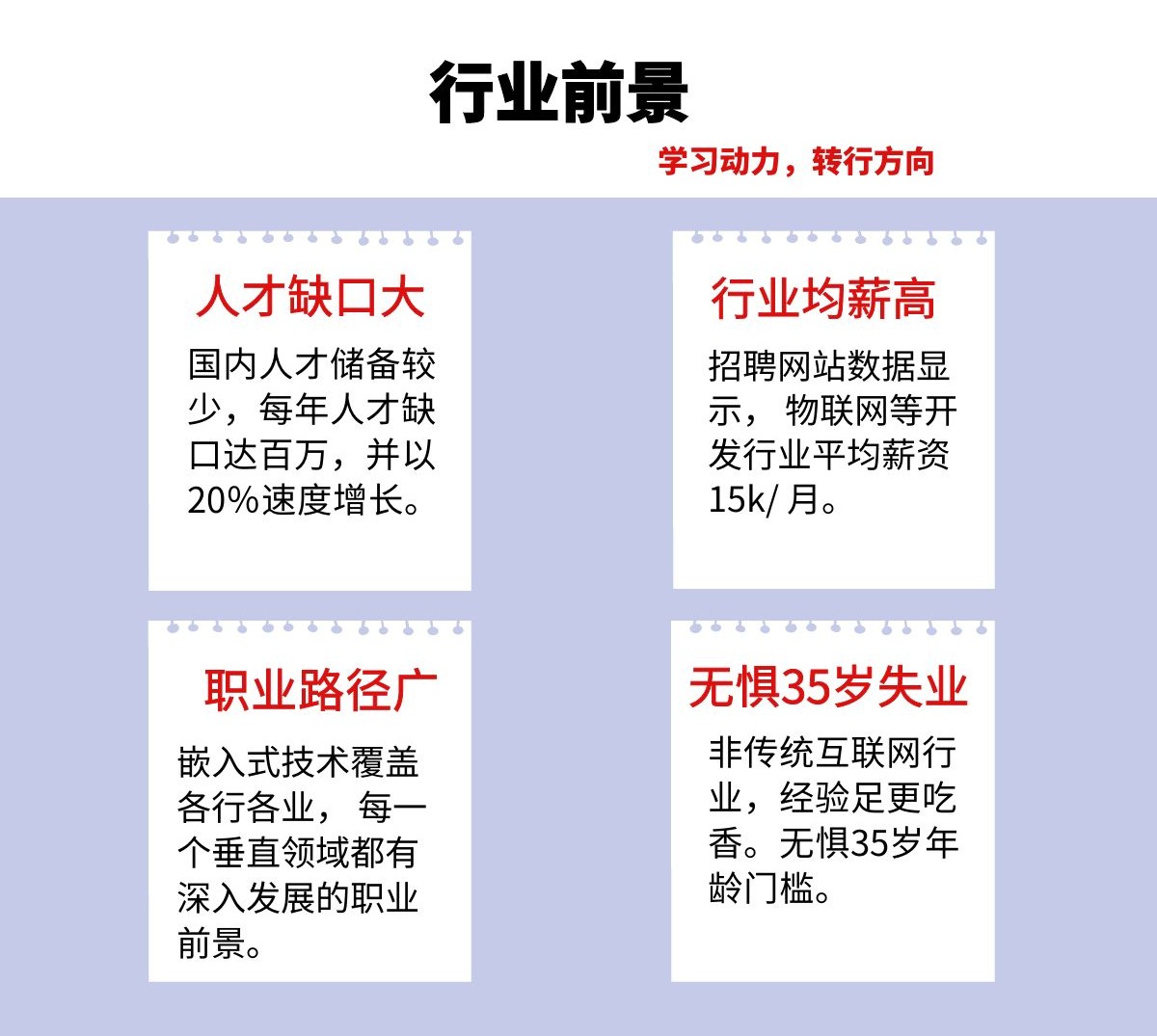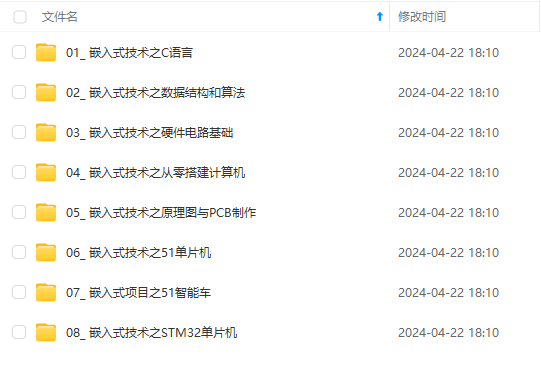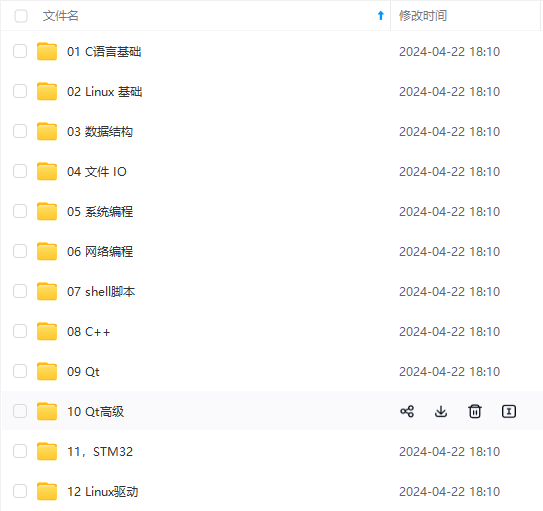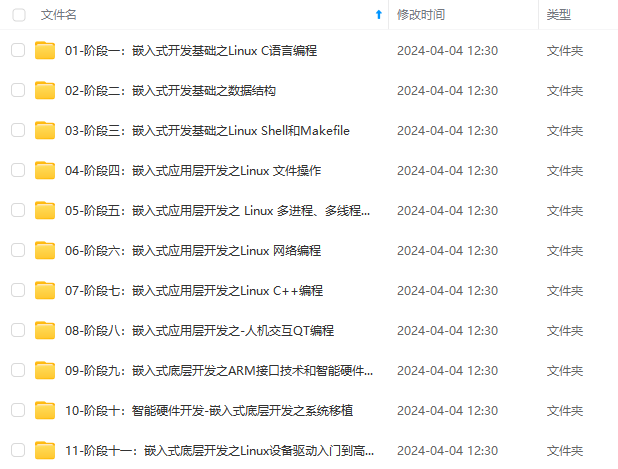在system/core/include/cutils/log.h中,定义了对应的宏,如对应于ANDROID_LOG_VERBOSE的宏LOGV:
/*
* This is the local tag used for the following simplified
* logging macros. You can change this preprocessor definition
* before using the other macros to change the tag.
*/
#ifndef LOG_TAG
#define LOG_TAG NULL
#endif
/*
* Simplified macro to send a verbose log message using the current LOG_TAG.
*/
#ifndef LOGV
#if LOG_NDEBUG
#define LOGV(...) ((void)0)
#else
#define LOGV(...) ((void)LOG(LOG_VERBOSE, LOG_TAG, __VA_ARGS__))
#endif
#endif
/*
* Basic log message macro.
*
* Example:
* LOG(LOG_WARN, NULL, "Failed with error %d", errno);
*
* The second argument may be NULL or "" to indicate the "global" tag.
*/
#ifndef LOG
#define LOG(priority, tag, ...) \
LOG_PRI(ANDROID_##priority, tag, __VA_ARGS__)
#endif
/*
* Log macro that allows you to specify a number for priority.
*/
#ifndef LOG_PRI
#define LOG_PRI(priority, tag, ...) \
android_printLog(priority, tag, __VA_ARGS__)
#endif
/*
* ================================================================
*
* The stuff in the rest of this file should not be used directly.
*/
#define android_printLog(prio, tag, fmt...) \
__android_log_print(prio, tag, fmt)
因此,如果要使用C/C++日志接口,只要定义自己的LOG_TAG宏和包含头文件system/core/include/cutils/log.h就可以了:
#define LOG_TAG “MY LOG TAG”
#include <cutils/log.h>
就可以了,例如使用LOGV:
LOGV(“This is the log printed by LOGV in android user space.”);
三.Java logcat访问接口
Android系统在Frameworks层中定义了Log接口(frameworks/base/core/java/android/util/Log.java):
................................................
public final class Log {
................................................
/**
* Priority constant for the println method; use Log.v.
*/
public static final int VERBOSE = 2;
/**
* Priority constant for the println method; use Log.d.
*/
public static final int DEBUG = 3;
/**
* Priority constant for the println method; use Log.i.
*/
public static final int INFO = 4;
/**
* Priority constant for the println method; use Log.w.
*/
public static final int WARN = 5;
/**
* Priority constant for the println method; use Log.e.
*/
public static final int ERROR = 6;
/**
* Priority constant for the println method.
*/
public static final int ASSERT = 7;
.....................................................
public static int v(String tag, String msg) {
return println_native(LOG_ID_MAIN, VERBOSE, tag, msg);
}
public static int v(String tag, String msg, Throwable tr) {
return println_native(LOG_ID_MAIN, VERBOSE, tag, msg + '\n' + getStackTraceString(tr));
}
public static int d(String tag, String msg) {
return println_native(LOG_ID_MAIN, DEBUG, tag, msg);
}
public static int d(String tag, String msg, Throwable tr) {
return println_native(LOG_ID_MAIN, DEBUG, tag, msg + '\n' + getStackTraceString(tr));
}
public static int i(String tag, String msg) {
return println_native(LOG_ID_MAIN, INFO, tag, msg);
}
public static int i(String tag, String msg, Throwable tr) {
return println_native(LOG_ID_MAIN, INFO, tag, msg + '\n' + getStackTraceString(tr));
}
public static int w(String tag, String msg) {
return println_native(LOG_ID_MAIN, WARN, tag, msg);
}
public static int w(String tag, String msg, Throwable tr) {
return println_native(LOG_ID_MAIN, WARN, tag, msg + '\n' + getStackTraceString(tr));
}
public static int w(String tag, Throwable tr) {
return println_native(LOG_ID_MAIN, WARN, tag, getStackTraceString(tr));
}
public static int e(String tag, String msg) {
return println_native(LOG_ID_MAIN, ERROR, tag, msg);
}
public static int e(String tag, String msg, Throwable tr) {
return println_native(LOG_ID_MAIN, ERROR, tag, msg + '\n' + getStackTraceString(tr));
}
..................................................................
/**@hide */ public static native int println_native(int bufID,
int priority, String tag, String msg);
}
因此,如果要使用Java日志接口,只要在类中定义的LOG_TAG常量和引用android.util.Log就可以了:
最后
自我介绍一下,小编13年上海交大毕业,曾经在小公司待过,也去过华为、OPPO等大厂,18年进入阿里一直到现在。
深知大多数Java工程师,想要提升技能,往往是自己摸索成长,自己不成体系的自学效果低效漫长且无助。
因此收集整理了一份《2024年嵌入式&物联网开发全套学习资料》,初衷也很简单,就是希望能够帮助到想自学提升又不知道该从何学起的朋友,同时减轻大家的负担。







既有适合小白学习的零基础资料,也有适合3年以上经验的小伙伴深入学习提升的进阶课程,基本涵盖了95%以上嵌入式&物联网开发知识点,真正体系化!
如果你觉得这些内容对你有帮助,需要这份全套学习资料的朋友可以戳我获取!!
由于文件比较大,这里只是将部分目录大纲截图出来,每个节点里面都包含大厂面经、学习笔记、源码讲义、实战项目、讲解视频,并且后续会持续更新!!
程,基本涵盖了95%以上嵌入式&物联网开发知识点,真正体系化!**
如果你觉得这些内容对你有帮助,需要这份全套学习资料的朋友可以戳我获取!!
由于文件比较大,这里只是将部分目录大纲截图出来,每个节点里面都包含大厂面经、学习笔记、源码讲义、实战项目、讲解视频,并且后续会持续更新!!






















 542
542











 被折叠的 条评论
为什么被折叠?
被折叠的 条评论
为什么被折叠?








